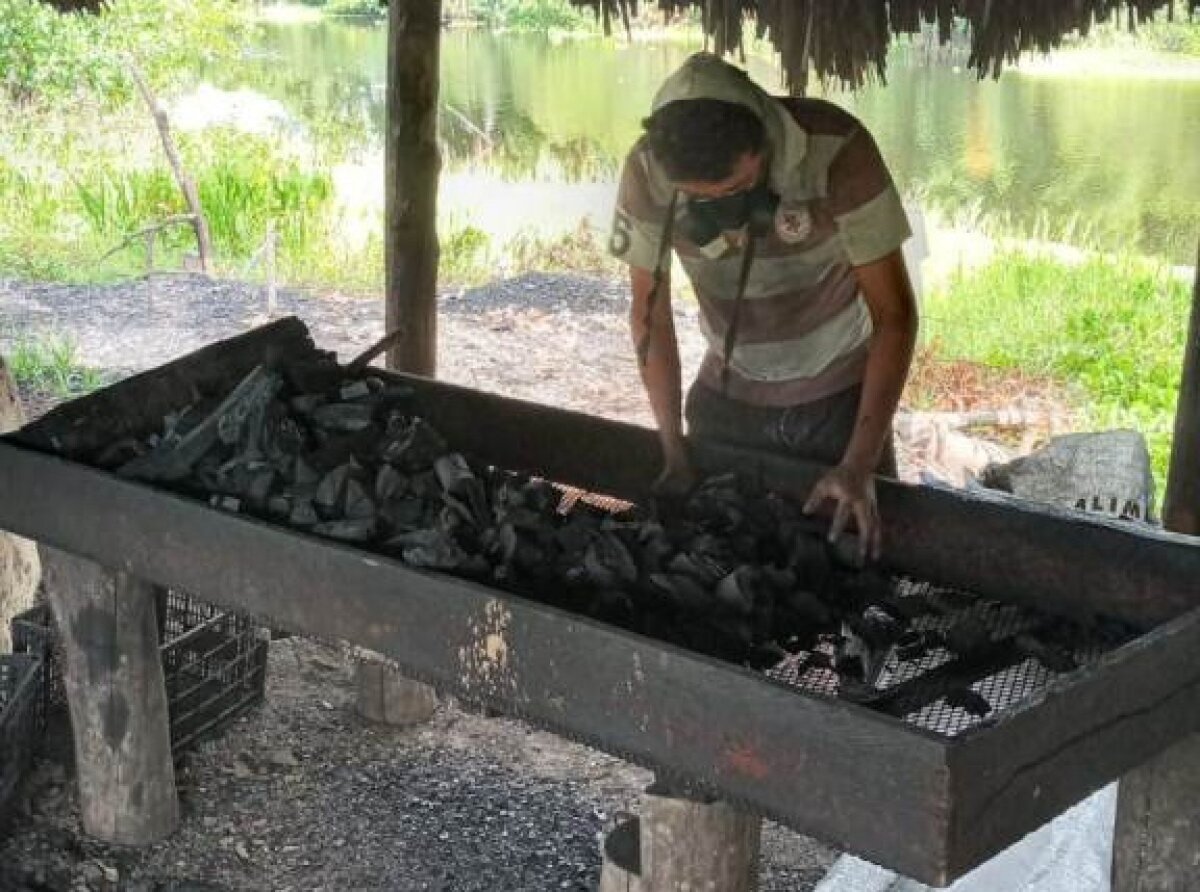There is an area between terrestrial and marine ecosystems which is made up of tree species that grow in brackish water along tropical coastlines, called mangroves.
Mangrove ecosystems provide multiple environmental services such as erosion control, coastal protection, refuge for flora and fauna, a biological filter, natural flood control, and as barriers against hurricanes and saline intrusion. But they can also provide timber resources, which are used as handicrafts, furniture, construction, and charcoal production.
Due to their characteristics, mangroves are home to great biological diversity, since they are near the mouths of rivers and streams, and around estuaries and coastal lagoons, they are the habitat of a great variety of species. They provide shade, protection, and a place to call home for many birds, crustaceans, fish and octopus, and is the perfect hatchery for these species.

For the ejidatarios, taking advantage of the timber resources of the mangrove has become an alternative to diversify their productive activity and generate positive impacts on the local economy. The production of charcoal in a sustainable way creates jobs with minimal impact on their health and the environment.
Mangroves in their growth process capture carbon from the atmosphere and transform it into organic matter. However, like any species, there is a point where they can no longer grow and begin to sequester less carbon.
It is at this point that, with an adequate Management Plan, the timber resource can be used for the production of charcoal.
As an example of good sustainable management, the case of the “Amigos del Manglar S.P.R de R.L de C.V” Productive Chain is presented, a rural production company.
The partners of the company are ejidatarios from the ejidos La Soluciones Somos Todos and Lic. Francisco Trujillo Gurría, both from the municipality of Paraíso, as well as from the ejido Úrsulo Galván from the municipality of Jalpa de Méndez, in Tabasco.
They are mainly engaged in agricultural, livestock, forestry, and charcoal production activities.
In Mexico, the species of red, black, white, and button mangrove are under the category of threatened, which indicates that they could be in danger of disappearing in the short or medium term. Therefore, to make the use of mangrove wood, the three ejidos have Environmental Management Units for the conservation, restoration, and sustainable management of the mangroves. They carry out timber forest harvesting according to the specifications contained in their Management Plans, at the authorized timber harvesting rates, and in compliance with the regulations.
The production of charcoal is carried out in special ovens for this purpose, the Rabo Quente masonry oven or the metallic furnace.

The Rabo Quente type oven is a semi-spherical masonry oven, with 12 air accesses, distributed: 4 at the base, 4 in the middle, and 4 at a height of ¾ of the total dimension, with a thick chimney on the opposite side of the access door.
Its size is smaller than the furnaces in which charcoal is produced in other ecosystems, such as temperate forests.
This type of kiln can hold an average of 1 cubic meter of mangrove wood, which is equivalent to 130-140 kg of charcoal.
According to the environmental conditions and the characteristics of the raw material, the burning time is from 32 to 48 hours. Cooling the oven takes 3 to 5 days.
One of the main advantages of using this furnace is that the coal produced has a greater structure, that is, it does not break or produce as much dust.

Metallic furnaces are constructed hexagonal, and are about the same size, holding an average of 1 cubic meter. The time it takes to burn is 24 to 32 hours, depending on the environmental conditions and the wood, and the cooling process is about 24 hours.

Among their advantages are that they are portable and easy to assemble and disassemble. They also require a lower initial investment, and they can be transported to the areas of exploitation, reducing the transport freight of the raw material.

